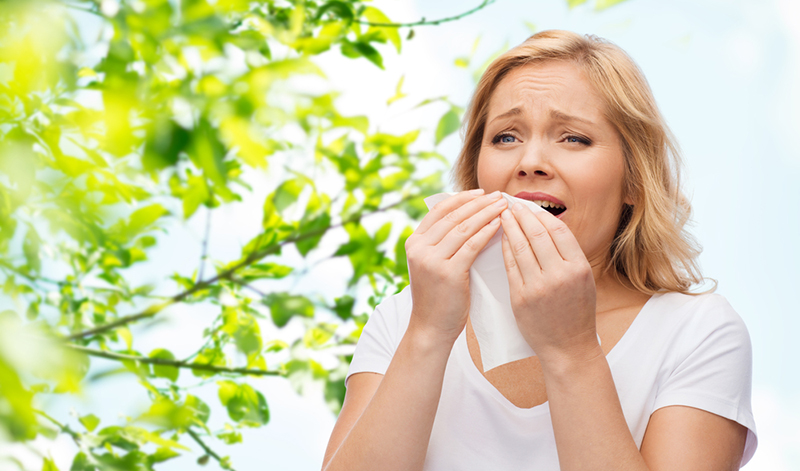Did you fist pump in celebration at the end of winter with one hand and reach for the tissues and a box of antihistamines with the other? Welcome to spring.
For some, hay fever doesn’t just strike when the temperature starts to increase. Perennial hay fever can bring discomfort all year round.
But for those who find symptoms worsen at this time of year, the problem is likely to be the increased amount of pollen in the environment due to the seasonal growth of grasses, weeds or trees.
This year, parts of Australia recorded a particularly wet winter and some experts have warned that could mean increased grass growth, more pollen and a rough few months for hay fever sufferers.
What is hay fever exactly?
When we say hay fever we’re referring to seasonal allergic rhinitis.
“Allergic rhinitis symptoms are caused by the body’s immune response to inhaled pollen, resulting in chronic inflammation of the eyes and nasal passages,” according to the Australasian Society of Clinical Immunology and Allergy (ASCIA).
- Allergic rhinitis symptoms include:
- Runny, itchy, congested nose
- Irritable, itchy, watery and red eyes
- Itchy ears, throat and palate.
Sound familiar? And before you go blaming the wattle, the ASICA warns it’s unlikely to be the cause of your discomfort, saying “allergy tests (skin prick tests) seldom confirm that wattle is the true culprit”.
It can help to know what plants to avoid contact with at different times throughout the year.
“Pollination times vary with the plant variety and its location,” information published by the ASICA said.
“For example, trees pollinate in late winter and early spring. Grasses flower next, and the weed ‘Plantain’ flowers from August through to May. Grass pollen numbers are also higher in inland areas, where there are no natural barriers to wind dispersal.”
ASICA has these tips for helping avoid hay fever symptoms. The idea is to be selective about your activities so you can make the most out of this glorious Queensland spring without the discomfort of hay fever:
- Stay indoors until after midday (if possible to reduce your exposure to pollen, particularly in the pollen season and on windy days)
- Try to avoid going out on windy days or after thunderstorms
- Wear sunglasses to protect your eyes
- Do not mow the grass and stay inside when it is being mown. If mowing is unavoidable, wear a mask or consider taking a non-drowsy antihistamine if your doctor has suggested this
- Consider planting a low-allergen garden around the home
- Keep windows closed both at home and particularly when in your car (and where possible use recirculating air conditioning in your car)
- Do not picnic in parks or in the country during the pollen season
- Try to plan your holidays out of the pollen season or holiday at the seaside
- If you are sensitive to particular weeds or trees that are outside your bedroom window, have them removed
- If landscaping at home, research plants less likely to trigger allergic rhinitis or asthma
- Shower when you arrive home and rinse your eyes frequently with water
- Carry a supply of tissues.





